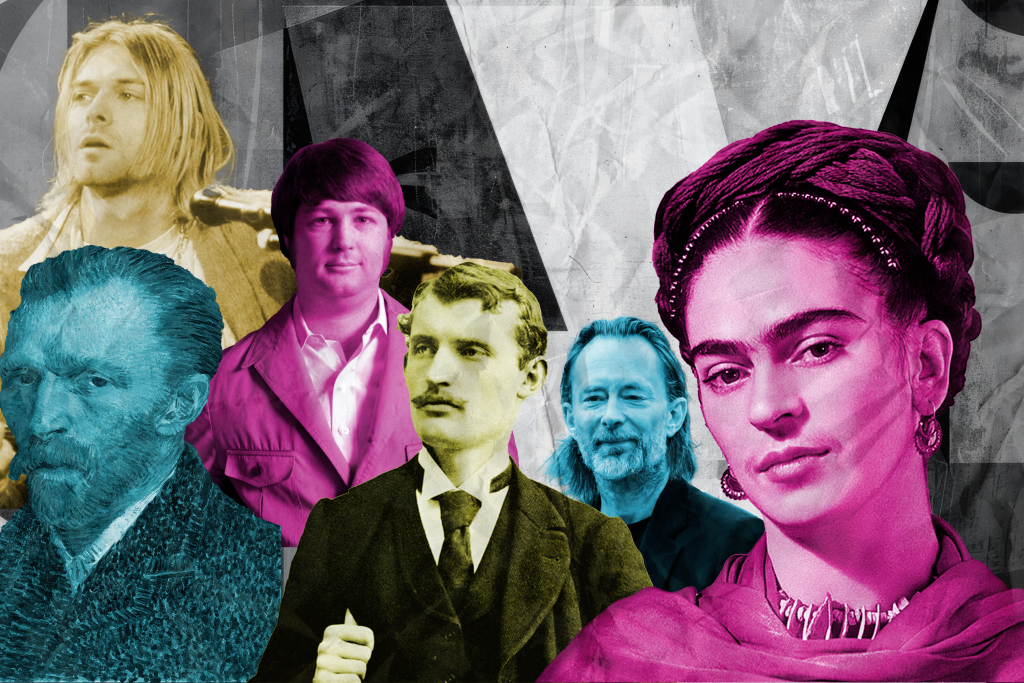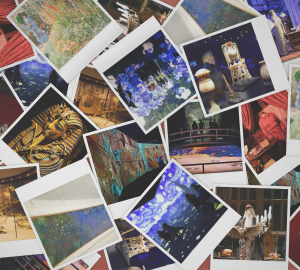The troubled artist trope: Why are we so miserable?

The “troubled artist” has been a trope that has permeated across popular culture. Some of the minds behind your favorite movies, music, and other forms of media lived lives that were all but peaceful. Whether it’s drug addiction, mental illness, or a traumatic life-altering event, something awful has happened to many of our beloved artists that has caused them many problems in their private lives. But nowadays, we celebrate an artist going through a rough patch. Hearing about a musician’s breakup leads to their fans clapping and cheering as they prepare for a masterpiece album. Reading an article about the horrible production conditions of a movie makes you want to watch it more. Or, seeing an artist slowly dip into insanity makes their artwork seem more interesting. This isn’t a new phenomenon, but with the advent of social media and more discussion regarding mental health than ever, it feels like the issue is more important than it ever was. But is it really true? Must artists be deeply troubled people to create meaningful art? Of course not, there are many examples of renowned artists who lived happy lives, and yet this trope still endures. So, why are so many artists so miserable?

Well, one reason might be that artists constantly have to judge their own work, and in effect, judge themselves. Any great artist isn’t satisfied with the status quo. They’re constantly looking to break barriers and step into unexplored territory in search of inspiration for their newest work. This often leads to them looking back at their old or current works with disdain or embarrassment. A group of artists that exemplify this mindset would be the band Radiohead, a band that many UK listeners claimed were merchants of misery. The band has evolved drastically, and they look back on their early career with much disdain, to the point where they refuse to play songs from that era no matter how popular they might be. But with how tightly the art we create relates to our personalities, the members are effectively saying that they hate how they used to be.

Another reason might be that many famous artists have some form of mental illness. Edvard Munch, the artist behind the painting “The Scream,” said the inspiration behind the painting was an episode of shattered nerves after looking at a blood-red sky during a sunset. Munch was also known to suffer from hallucinations and extreme paranoia and was eventually placed in a psych ward. Vincent Van Gogh painted his most valuable pieces while he was living at Saint Paul’s Asylum. He’d go on to be quoted saying, “I put my heart and soul into my work and lost my mind in the process.” Frida Kahlo was another renowned artist who suffered from mental illness, as she was diagnosed with depression. Many of these artists might turn to art as a distraction or a way to console themselves. Van Gogh was actually encouraged to paint more as a type of therapy while he was in the asylum. Those suffering from mental illness might also turn to art as a way of expressing how they see the world, which would be much different from everyday people.
To deal with their suffering or to find inspiration for their art, many artists turn to drugs and end up using them recreationally. This is a slippery slope, however, as this same escape from pain can lead to more in the long run. Kurt Cobain was notoriously known for his terrible heroin addiction. Many have questioned whether he first took the hard drug to soothe his stomach illness, escape his bipolar depression, or simply for fun.
Brian Wilson, the creative mind behind The Beach Boys, had his career derailed because of his heavy use of drugs. After experimenting with mixtures of various drugs like LSD and cocaine, Wilson developed an extreme anxiety toward people and music. His musical output declined and the music that he did release was critically panned. His wife divorced him, and he distanced himself from his friends and family. This all led to him rarely ever leaving his bedroom, and gaining so much weight that he was once over 300 pounds. His life was only able to return to normal after his family and new wife got him much physical and mental help. Brian Wilson would go on to say in an interview that he was able to make great music because he was on drugs, but that those same drugs ruined his life.

As long as they continue to create, people will romanticize troubled artists. And as long as people romanticize them, the trope will stay a part of popular culture. It’s silly to think that suffering is required to make art. Kurt Cobain said many times throughout his career that he was the happiest he’d ever been. But there is something there, a psychological trend of sad artists creating masterpieces that we may never fully understand.


























